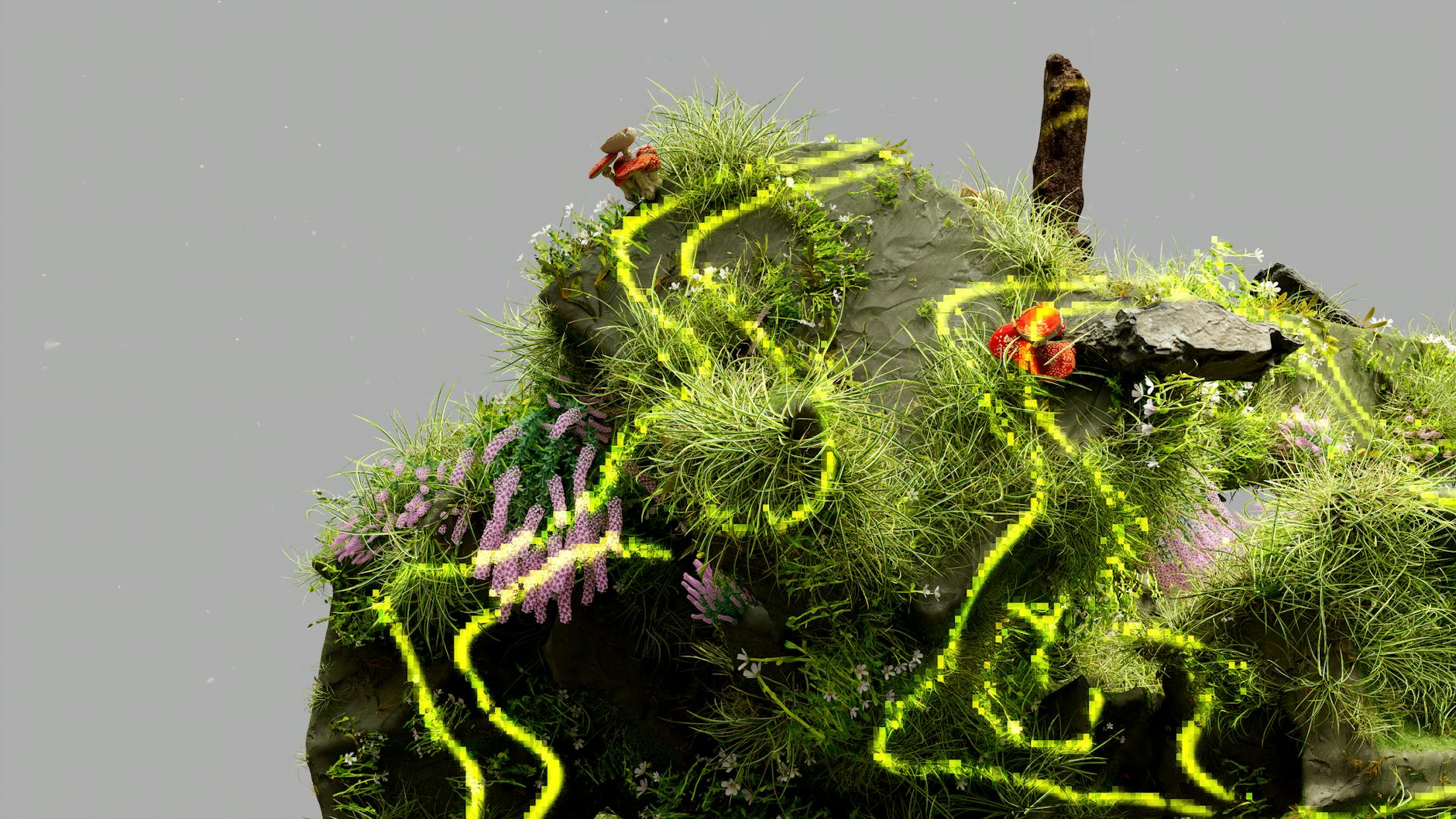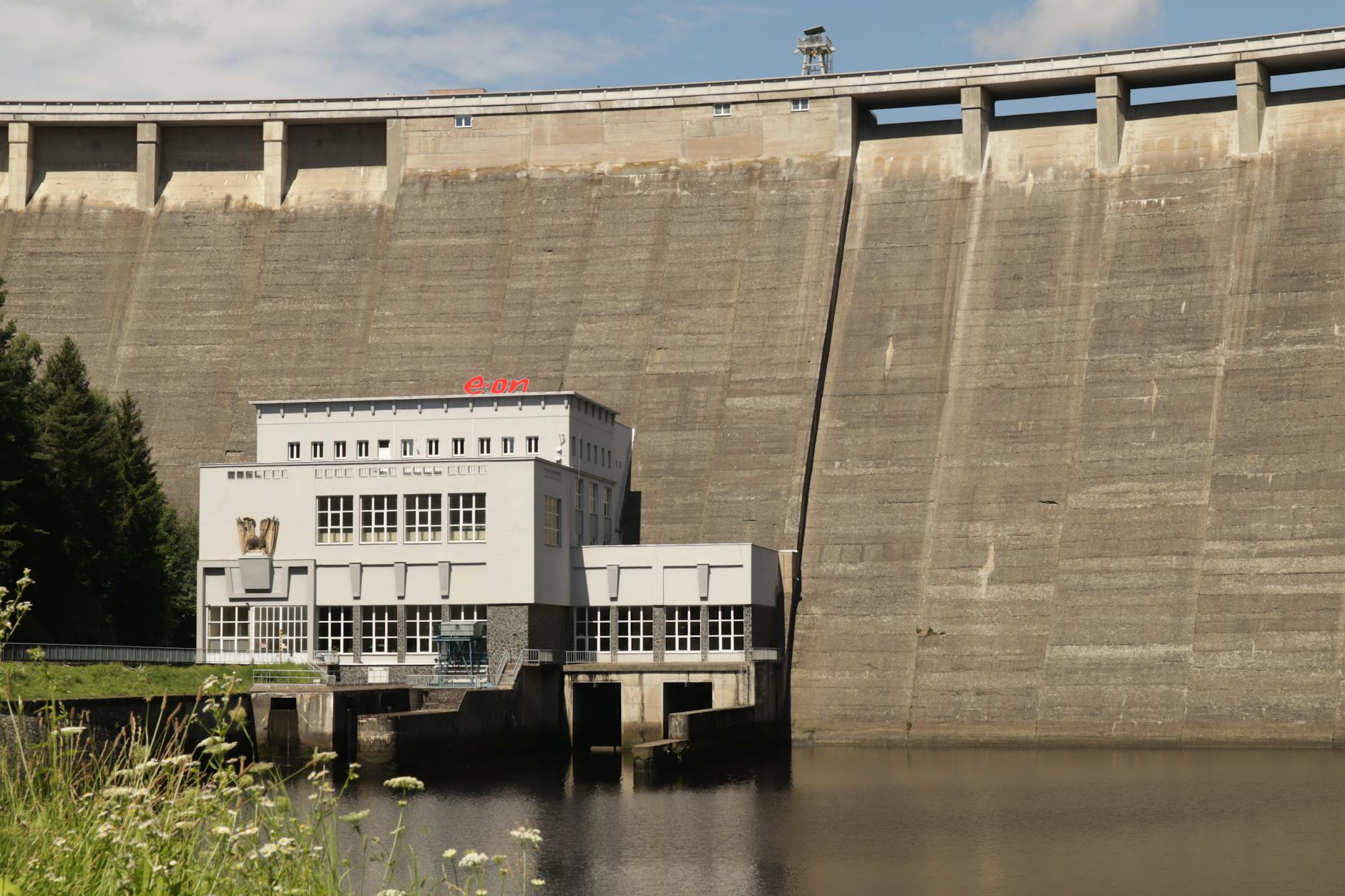Artificial Intelligence and robotics have made significant strides in recent years, with bio-inspired robots emerging as a cutting-edge area of research. These robots take inspiration from nature to enhance their capabilities and create smarter machines that can revolutionize various industries. From mimicking the agility of animals to the resilience of insects, bio-inspired robots hold immense potential for the future. In this article, we will delve into the world of bio-inspired robots, exploring their applications, benefits, and the impact they can have on the future of technology and society.
Understanding Bio-Inspired Robots
Bio-inspired robots, also known as biomimetic robots, are machines designed to mimic the structure and behavior of living organisms. By drawing inspiration from nature, engineers and researchers have developed robots that can perform tasks with unmatched efficiency and versatility. These robots are equipped with sensors, actuators, and artificial intelligence algorithms that enable them to adapt to their environment, learn from experience, and interact with humans in a more natural way.
Applications of Bio-Inspired Robots
Bio-inspired robots have a wide range of applications across various industries. In the field of healthcare, these robots can assist in surgeries, rehabilitation, and eldercare, providing precise and personalized care to patients. In agriculture, bio-inspired robots can improve crop monitoring, harvesting, and pest control, leading to increased productivity and sustainable farming practices. Additionally, these robots are used in search and rescue missions, exploration of hazardous environments, and disaster response, where their agility and robustness play a crucial role in saving lives and minimizing risks.
Benefits of Bio-Inspired Robots
One of the key benefits of bio-inspired robots is their ability to perform tasks that are challenging or impossible for traditional machines. By mimicking the natural movements and behaviors of living organisms, these robots can navigate complex environments, adapt to changing conditions, and operate in confined spaces with ease. Furthermore, bio-inspired robots are energy-efficient, resilient, and capable of self-repair, making them ideal for long-term deployment in real-world scenarios. Their biomimetic design also allows for seamless interaction with humans, fostering collaboration and trust between man and machine.
Impact on Future Technology
The rise of bio-inspired robots is poised to reshape the landscape of technology and innovation in the coming years. As these robots become more advanced and accessible, they have the potential to revolutionize industries such as manufacturing, infrastructure, transportation, and entertainment. By harnessing the power of nature-inspired design, engineers can develop robots that are not only highly efficient and adaptable but also environmentally friendly and sustainable. This convergence of biology and robotics promises to unlock new possibilities and drive progress in fields that were once deemed unattainable.
Challenges and Future Outlook
While bio-inspired robots hold immense promise, they also face challenges that must be addressed to realize their full potential. Issues such as ethical considerations, regulatory frameworks, and societal acceptance need to be carefully navigated to ensure the responsible development and deployment of these robots. Additionally, advancements in materials science, artificial intelligence, and bioengineering will be critical in enhancing the capabilities and performance of bio-inspired robots. Despite these challenges, the future outlook for bio-inspired robots remains optimistic, with ongoing research and collaboration paving the way for groundbreaking innovations and discoveries.
In conclusion, bio-inspired robots represent a paradigm shift in the field of robotics, offering a glimpse into a future where machines are not just intelligent but also adaptive, resilient, and interconnected with the natural world. By harnessing the principles of biology and evolution, researchers and engineers are creating smarter machines that have the potential to revolutionize industries, improve human life, and shape the future of technology. As we continue to explore the possibilities of bio-inspired robotics, one thing is certain – the journey towards creating smarter machines for future success has only just begun.


